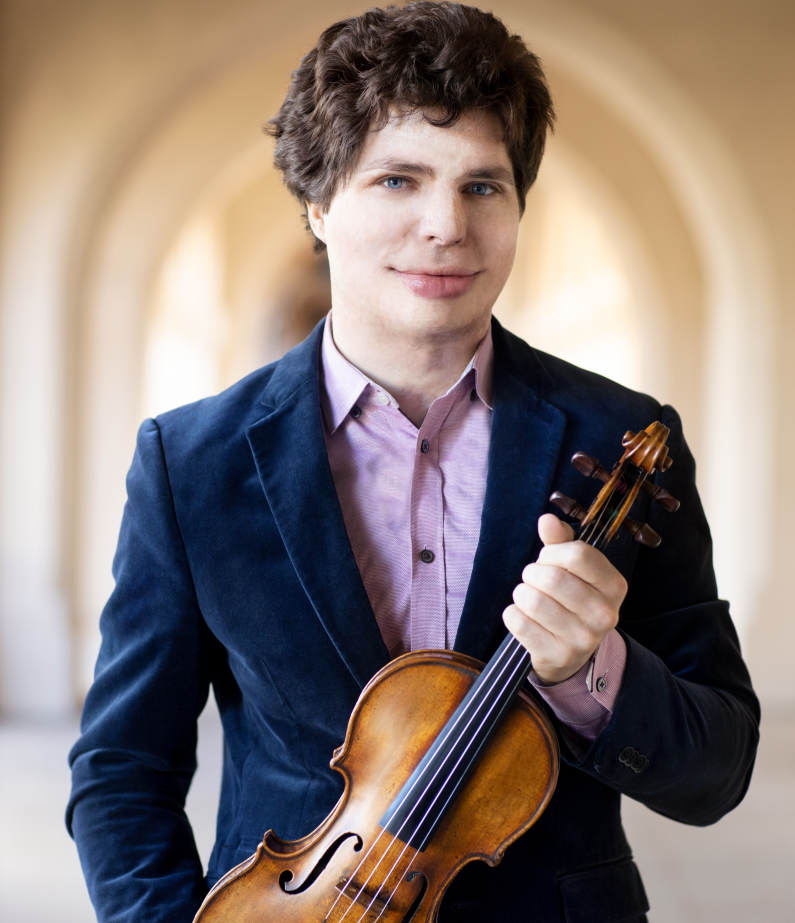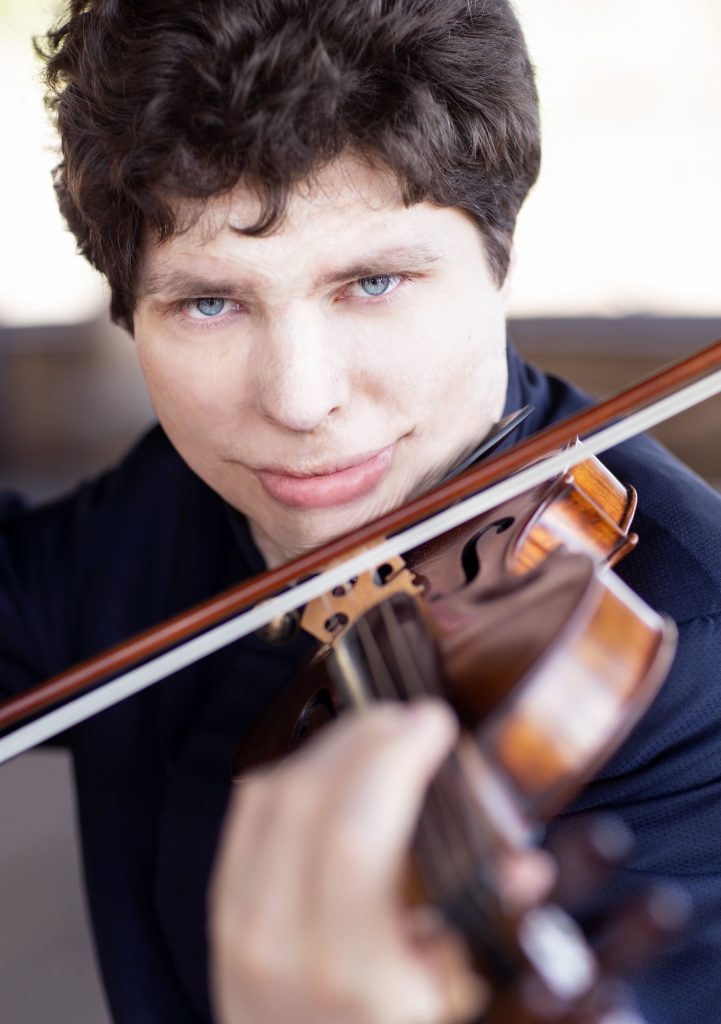


Augustin Hadelich was born in Cecina, Italy, to German parents. His two older brothers were already playing cello and piano when Augustin (age 5) began his studies on the violin with his father, an agriculturalist and amateur cellist.[2] In his early musical development, Hadelich progressed in his studies through irregular lessons and masterclasses from violinists traveling near the Hadelich farm in rural Tuscany, including Uto Ughi, Christoph Poppen, Igor Ozim, and Norbert Brainin. Hadelich enjoyed a blossoming career as a wunderkind violinist, pianist, and composer in Germany.
In 1999, Augustin Hadelich was injured in a fire on his family’s farm in Italy, and was airlifted to be treated in Germany The accident left Hadelich unable to play for over a year. “It is perhaps because of this experience—because I had this moment where I wasn’t sure if I would ever play the violin again—that I appreciate what is happening in my life more. I really try to enjoy every moment. It made me realize how important music was to me”, Hadelich has commented. After his recovery, Hadelich graduated summa cum laude from the Instituto Mascagni in Livorno, Italy, and successfully auditioned for admission to The Juilliard School.
From 2004 to 2007, Hadelich studied at Juilliard with Joel Smirnoff, graduating with a Graduate Diploma (2005) and an Artist Diploma (2007). After graduating, Hadelich continued to make his home in New York and became an American citizen in 2014. https://en.wikipedia.org/wiki/Augustin_Hadelich
A riveting display of “magisterial poise and serene control” – the new york times
Back in April 2014 at Carnegie’s Zankel Hall, Augustin Hadelich’s performance of David Lang’s mystery sonatas was praised by the New York Times as a riveting display of “magisterial poise and serene control.” That same magic penetrates this starkly beautiful recording of the work, played by Hadelich on the exquisite 1723 “ex-Kiesewetter” Stradivari, on loan to him by its current owners since 2011.
Lang based his mystery sonatas on the famous pieces by Heinrich Ignaz Franz von Biber, but with a modern twist. “I decided to make my own virtuosic pieces about my most intimate, most spiritual thoughts,” he explains, “[but] mine are not about Jesus, and the violin is not retuned between movements. I did keep one of Biber’s distinctions. He divides Jesus’s life into three phases—the joyous, the sorrowful, and the glorious. The central pieces of my mystery sonatas are called ‘joy,’ ‘sorrow,’ and ‘glory,’ but these are all quiet, internal, reflective states of being.”
Watch the video of Augustin Hadelich performing “after sorrow,” directed by Souki Mehdaoui.
James Ehnes (1st violin), Augustin Hadelich (2nd violin), Jonathan Vinocour (viola), and Ani Aznavoorian (cello) perform Borodin’s String Quartet No. 2 in D Major at the Center for Chamber Music in Seattle, USA in July 2020.
